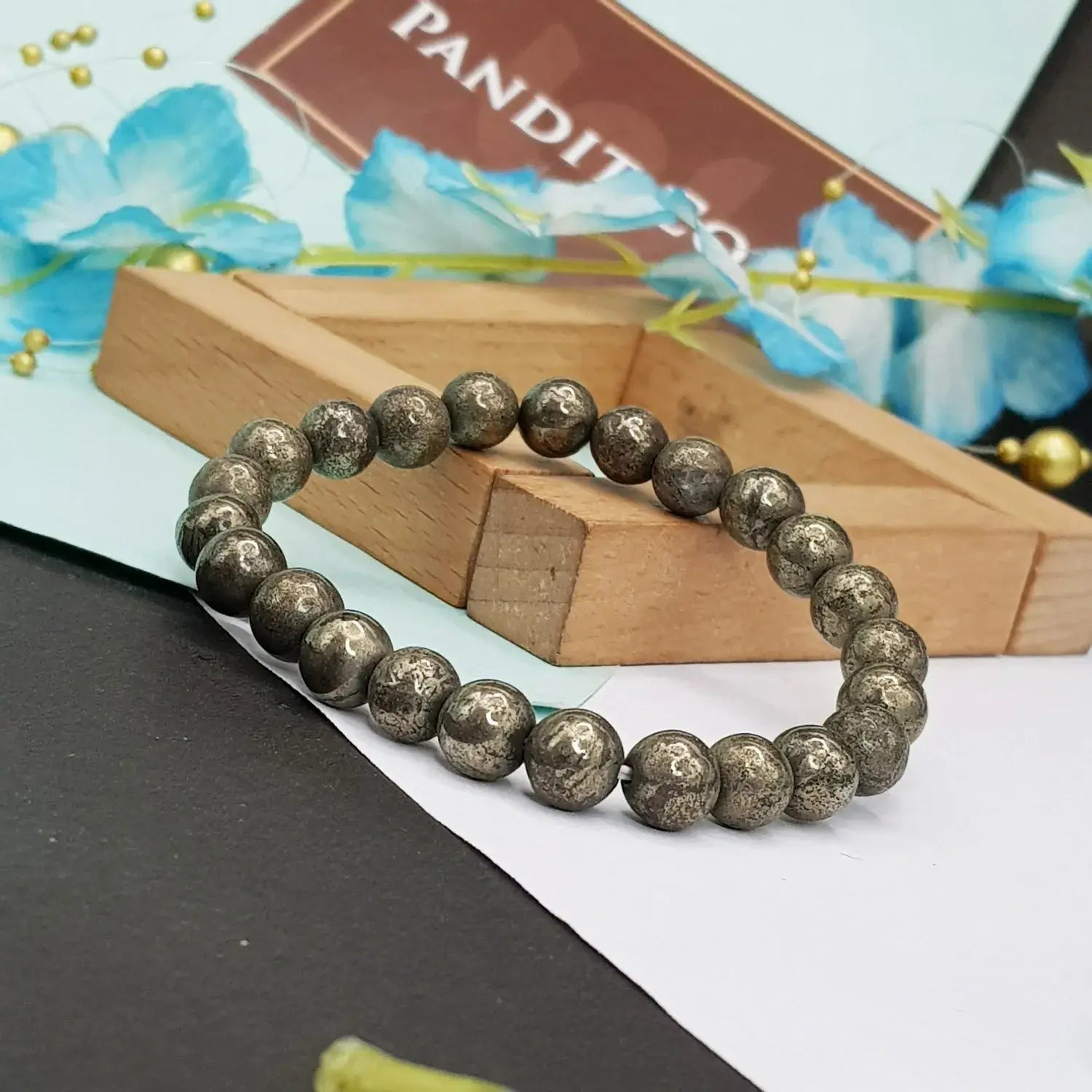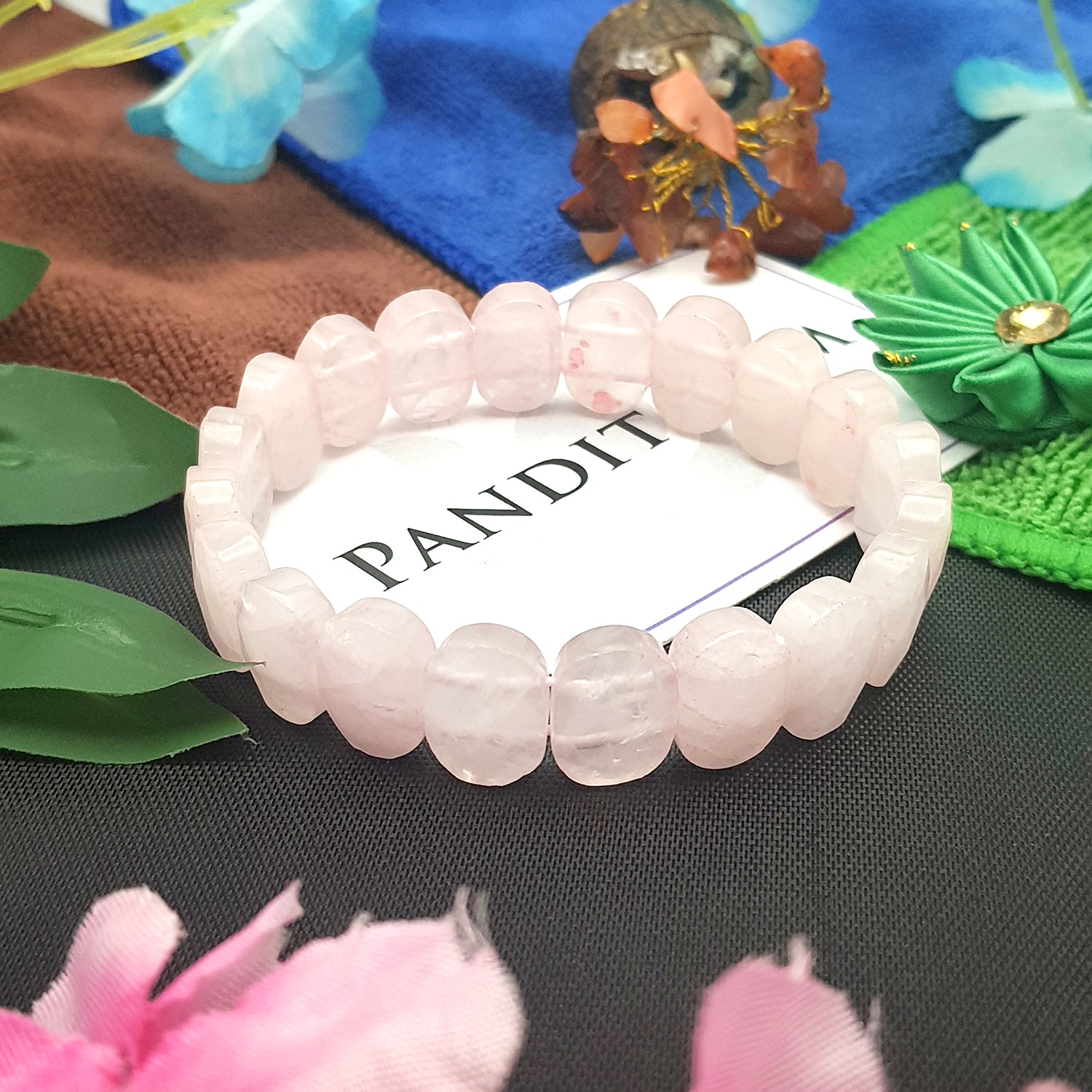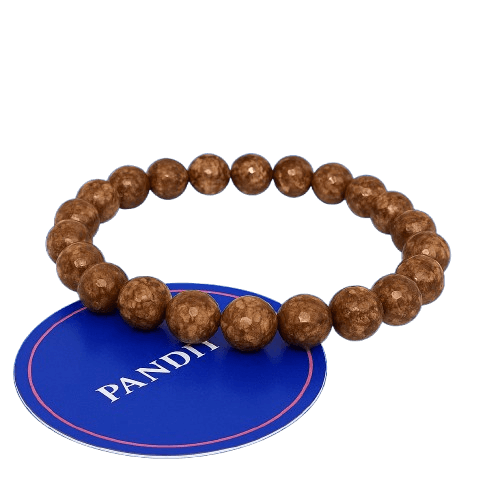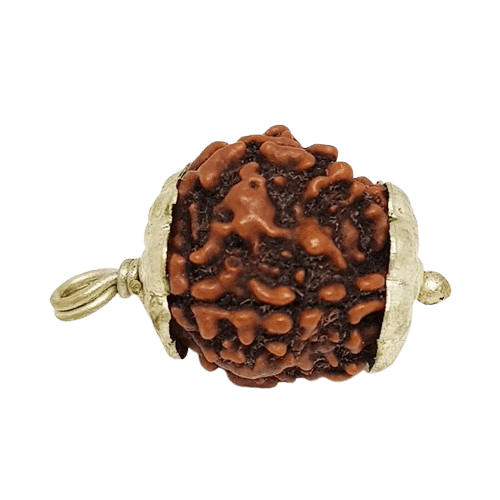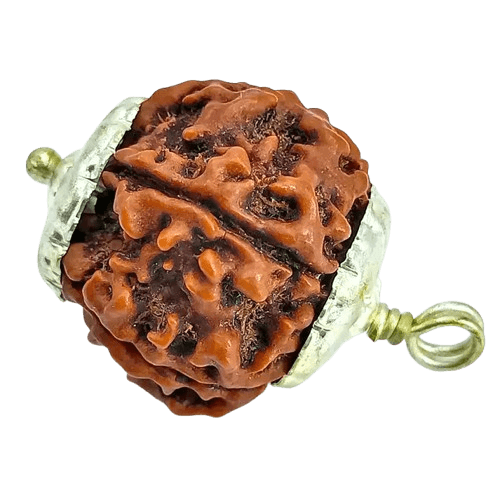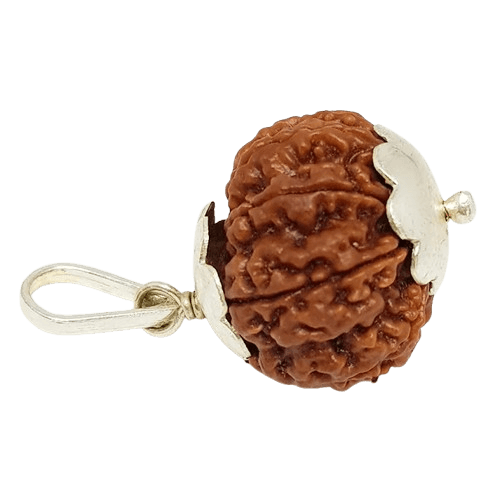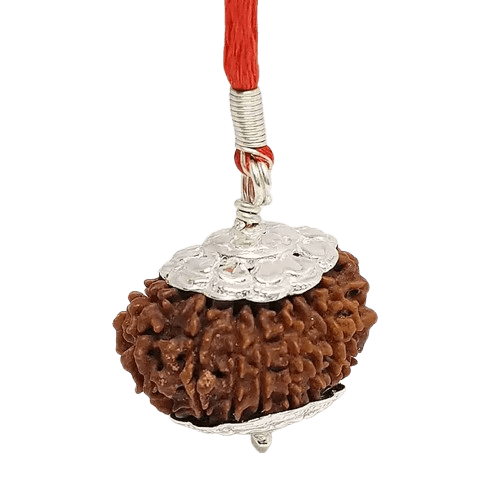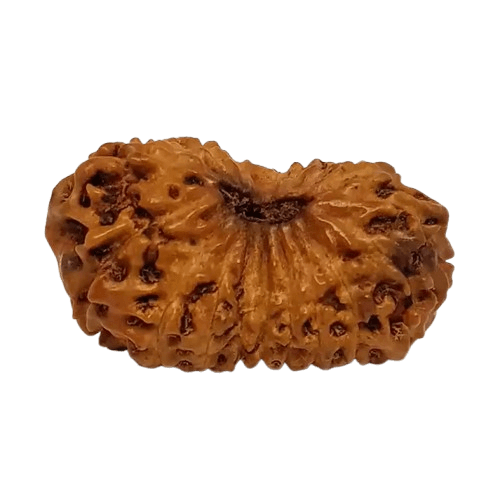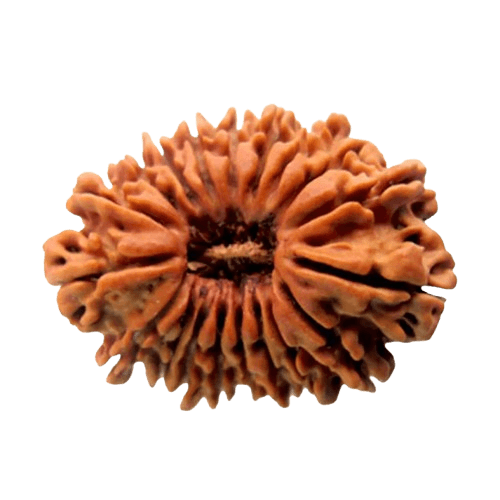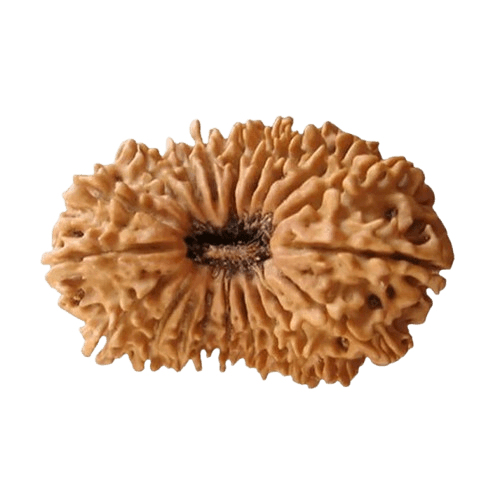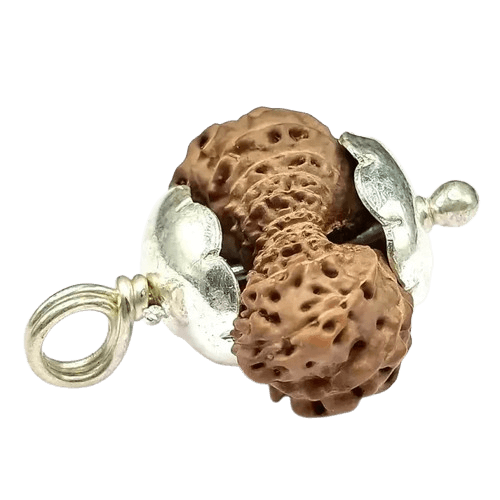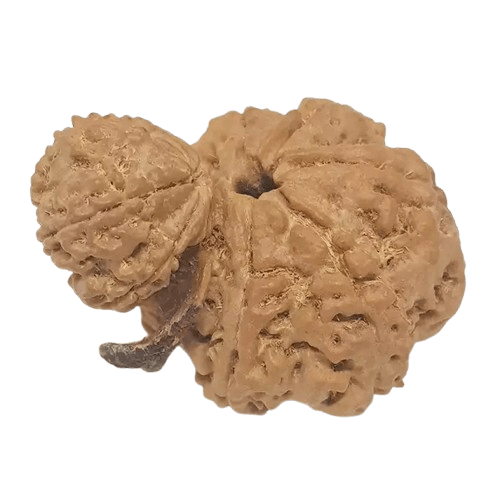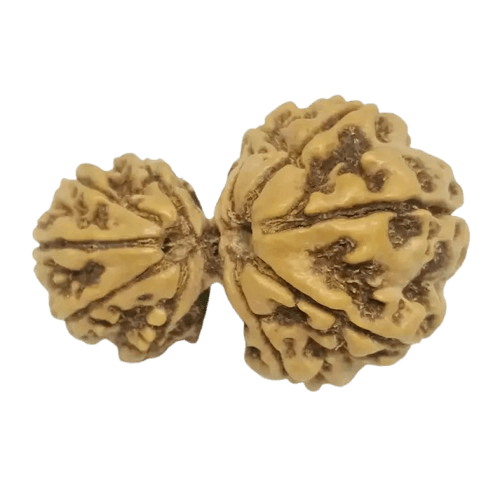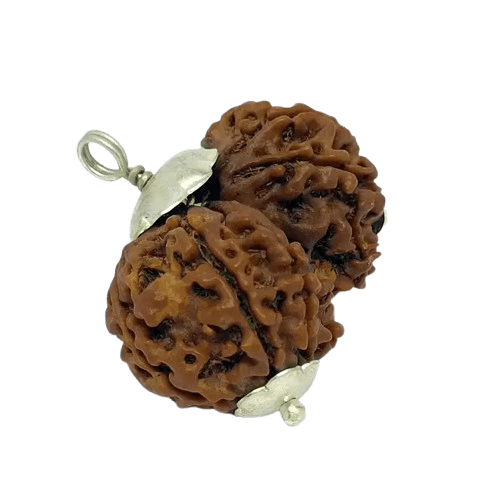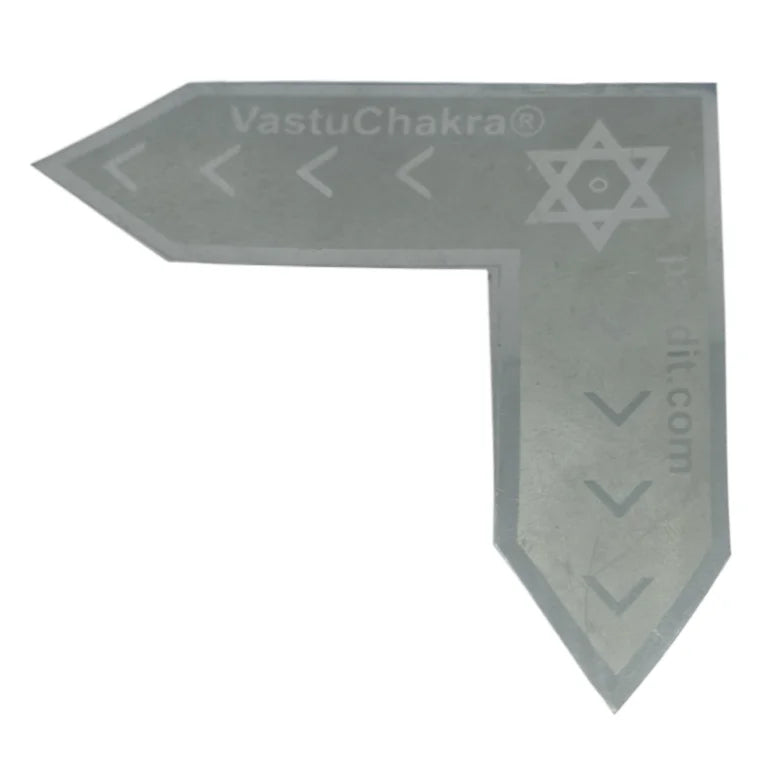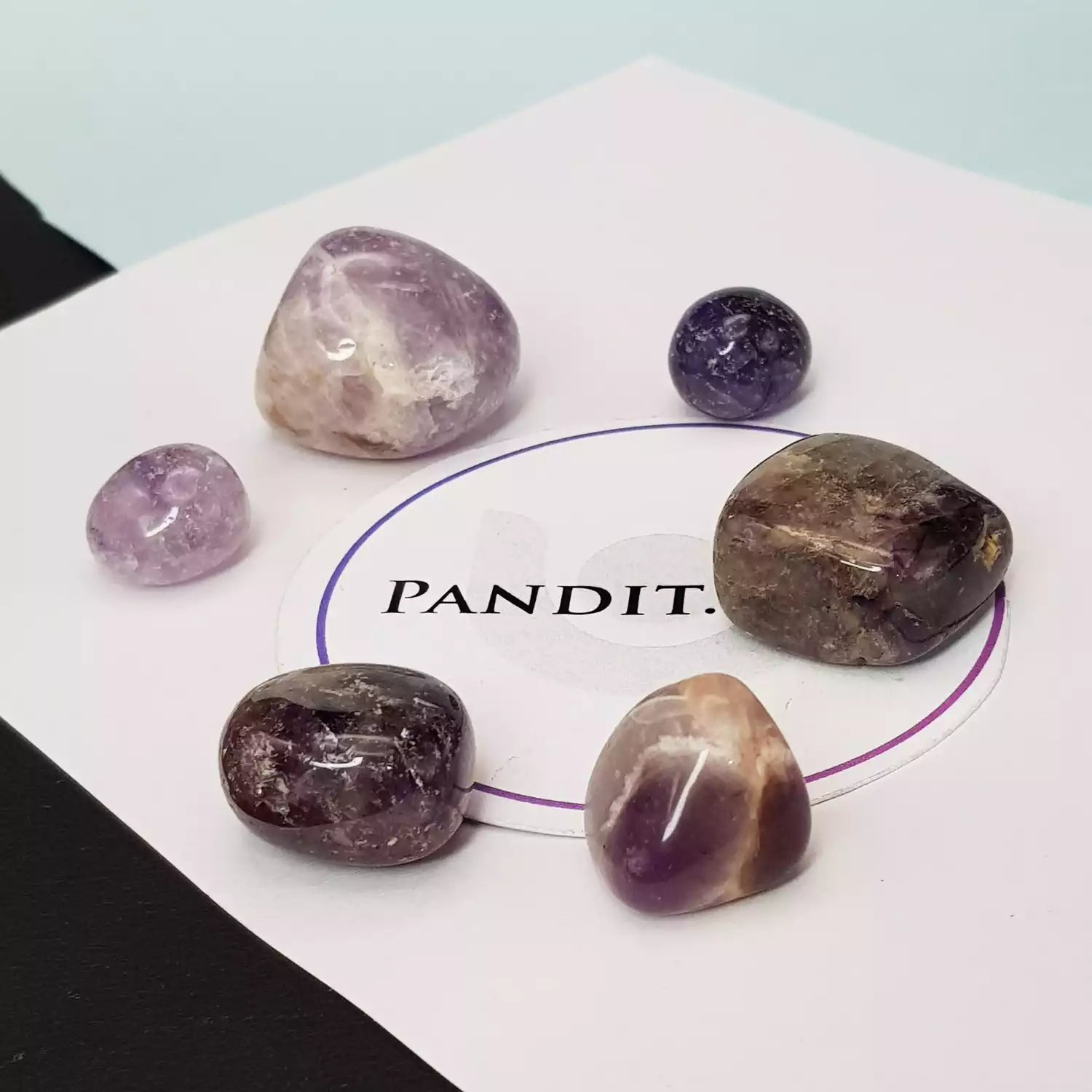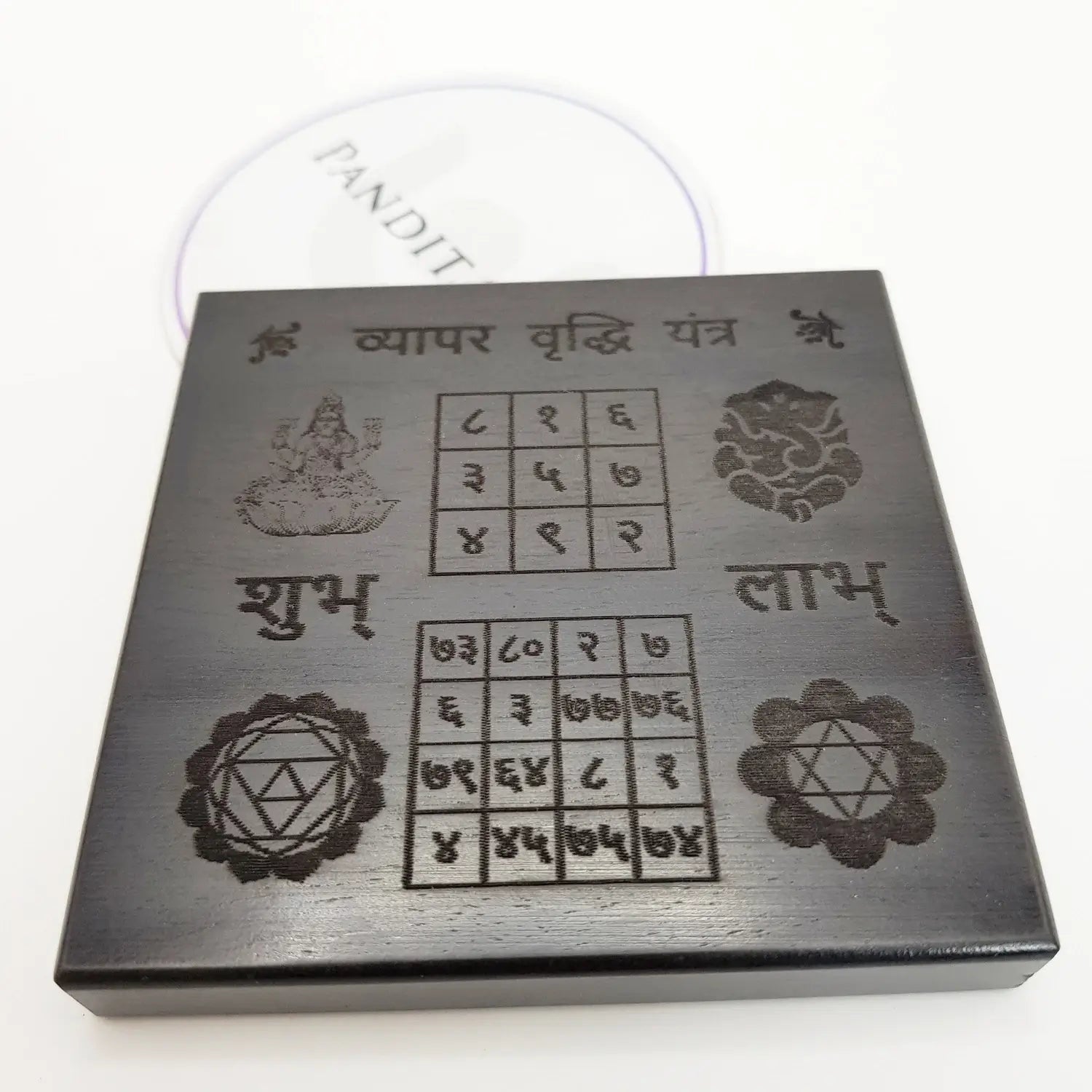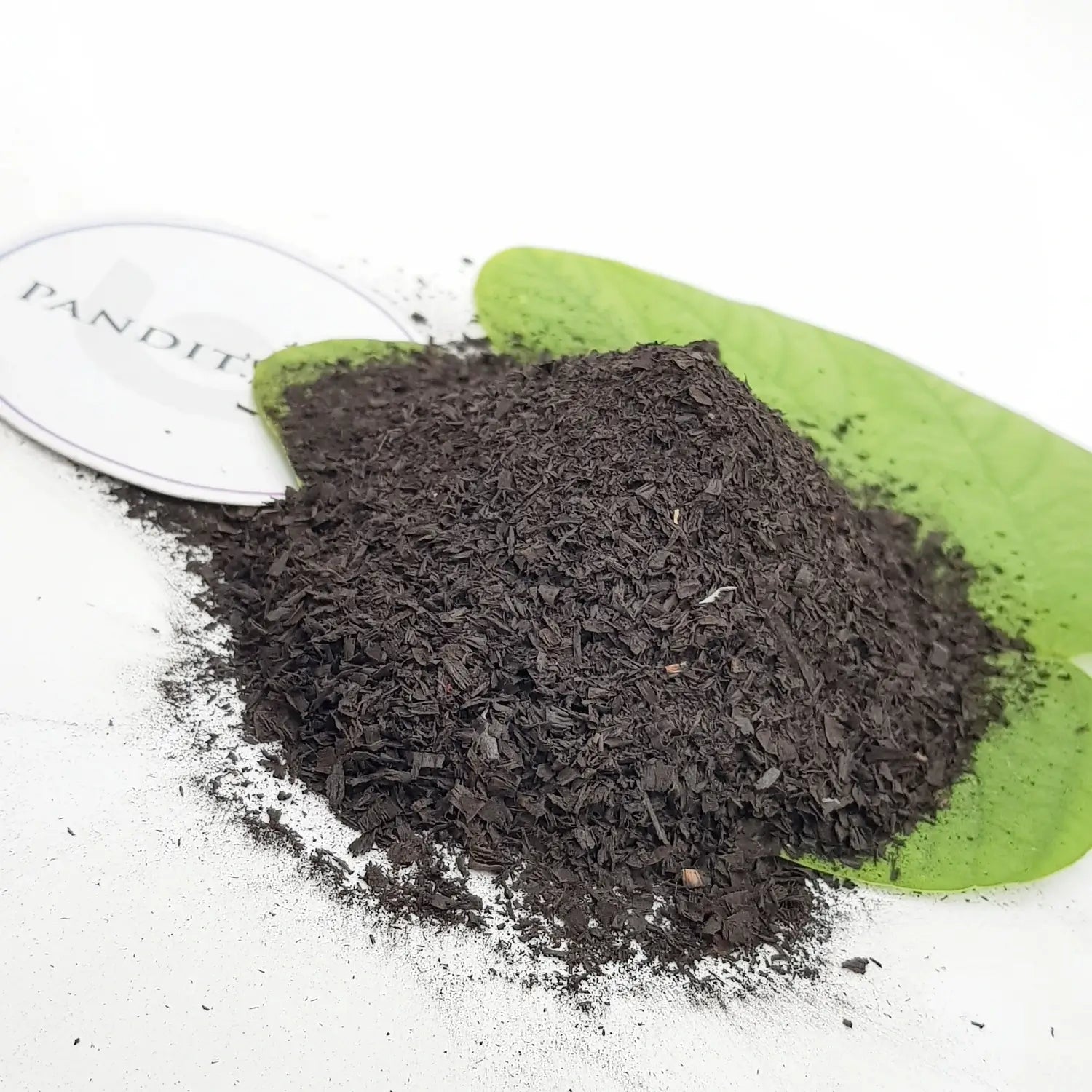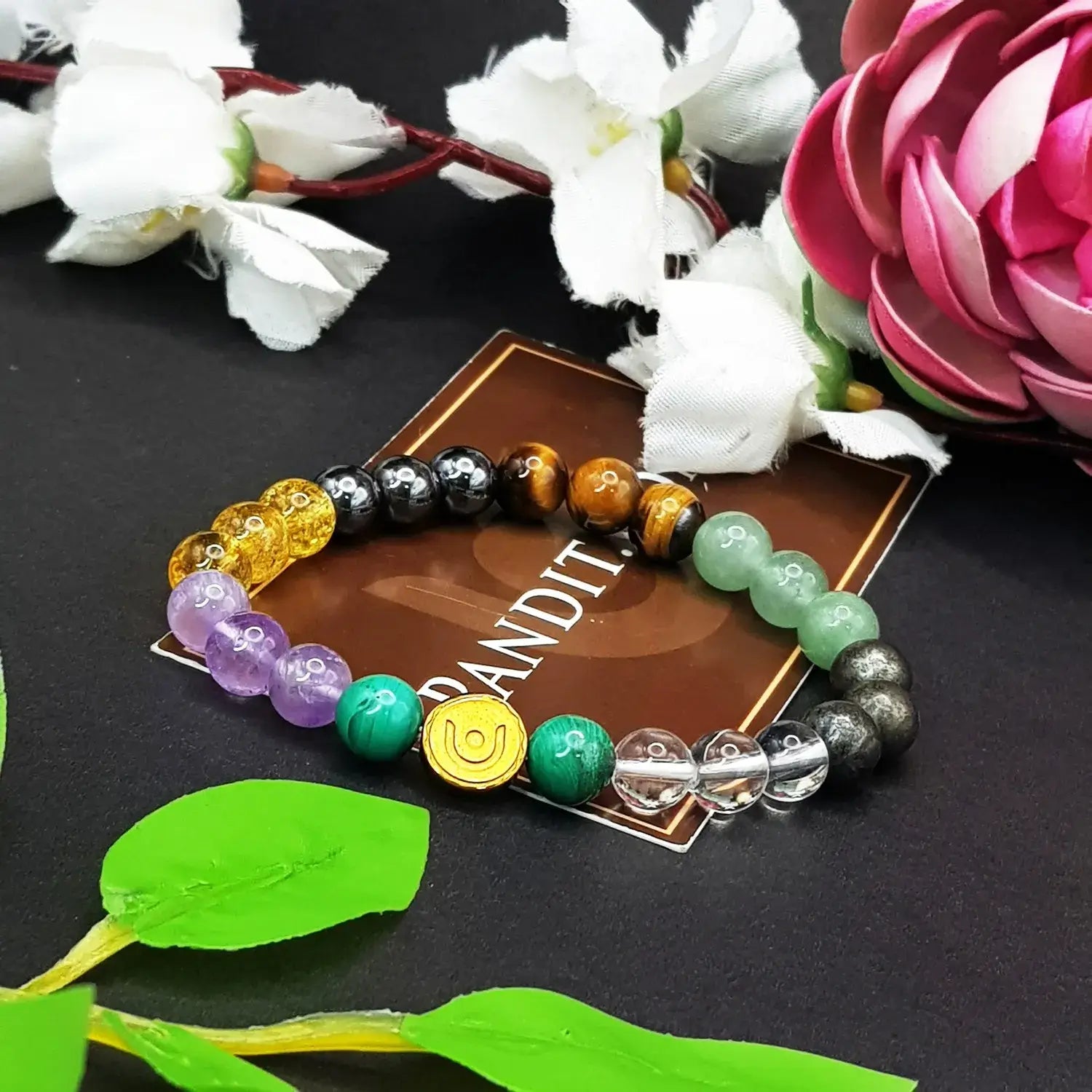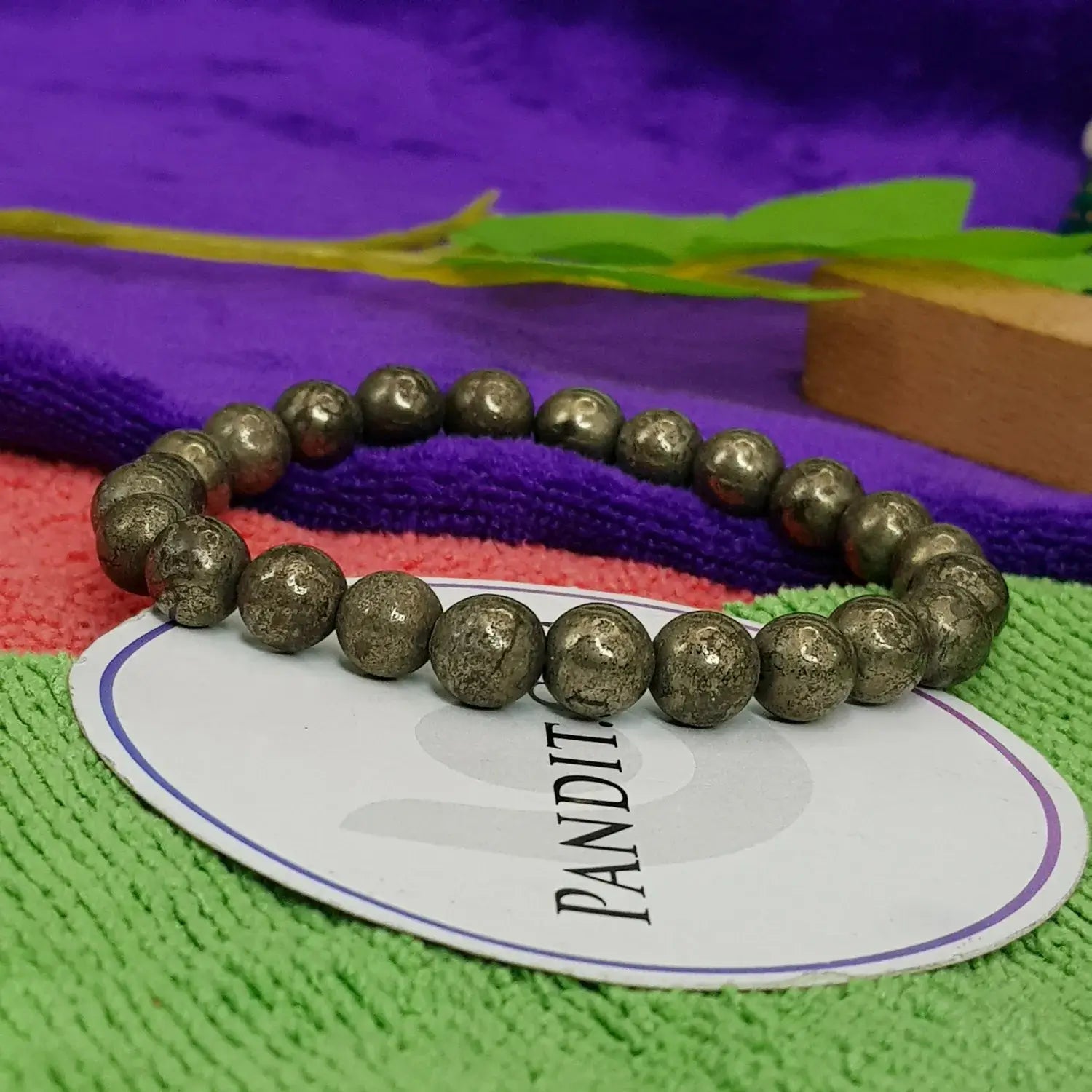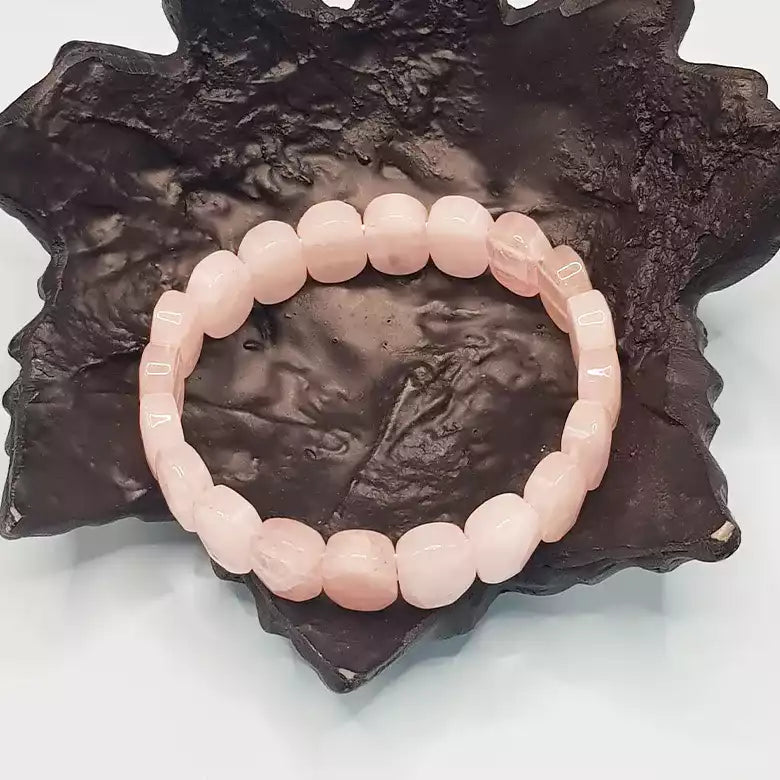As the name itself narrates, Rang Panchmi is the festival of colors that comes after five days of Holi. It’s a day that is filled with joy, colors, and celebrations by the people of India. The day is considered auspicious in different parts of our country, such as Maharashtra, Madhya Pradesh, Gujarat, Punjab, and so on. The festivity has deep ties with our Indian traditions and culture.
So, let’s dive deep into what Rang Panchmi is and what importance it carries in our Indian culture.
रंग पंचमी - Rang means Colours, and Panchami means five
The day comes on the fifth day after Holi, as is already mentioned, and is typically observed on a full moon night called पूर्णिमा. अबीर called colored powder is used on this day to contemplate the celebrations. The days come in the Phalguna month as per the Hindu calendar, in March. The festivity signifies renewal, playfulness of colors, and unity in society.
History Of Rang Panchmi
रंग पंचमी holds tremendous importance in Hindu culture. It’s a day to remember, especially the victory of Rajas and Tamas, and also to honor the five elements of the universe, which are earth, light, water, sky, and wind, which constitute the human body.
In Indian philosophy, there are three gunas or qualities, which are Sattva (purity), Rajas (activity), and Tamas (inertia). These elements define the nature of everything in the world around us. You will see that these three gunas are present in almost everything, like human behavior, thoughts, actions, etc.
It is said that Rajas are the most prominent at the time of festivities. It’s because people are very active, excited, and energetic during celebrations, which are the qualities of Rajas.
In addition to it, the energy of Rajas helps devotees break free from the inertia of mundane life. It also encourages people to get more dedicated to the path of spiritual growth. However, the excess of Raja's qualities evokes feelings of restlessness and desires too.
Tamas, on the other hand, is the guna of darkness, inertia, and ignorance. This also represents the state of dullness, laziness, and the inability to make decisions or concentrate on any work. Rang Panchmi festival encourages people to overcome these kinds of problems, traumas, or negativity that cloud human consciousness.
In addition, Tamas also has a peaceful side, which means that it helps heal human emotional wounds too. It also enables a person to forgive people and themselves for cleansing the heart and mind.
How Rang Panchmi Creates Balance Between Rajas & Tamas?
While Rajas is the energetic and passionate expression that helps overcome grief or past traumas by actively engaging with Lord Krishna. Tamas offers a chance to transform one’s life by purifying one’s soul from the darkness of negative thoughts and feelings from which the person went through.
Both, when combined, balance emotions and feelings in life and let you feel elevated spiritually. Wear a Multi Fluorite Bracelet to feel calm inside and rise mentally and spiritually, and especially wear it on festive occasions such as Rang Panchmi.
In 2025, Rang Panchmi will be celebrated on the 19th of March, and the right time will start at 10:09 PM on the 18th of March and end at 12:37 AM on the 20th of March, 2025.
Now let’s dwell on which rituals or traditions are followed on this particular day
Unique Traditions Followed On This Particular Day
A. Playing with Colors
Rang Panchmi is about playing with colors known as गुलाल, using पिचकारी, and also splashing balloons filled with water or colored waters. The community includes people of all ages or any caste with no discrimination done on any basis, formulating a unified group.
B. वृंदावन रंग पंचमी
It’s for celebrating the love of Radha Krishna. Vrindavan is the birthplace of Lord Krishna and it’s at this place that Lord Krishna always used to indulge in the vibrant celebrations of Rang Panchmi, especially with Radha.
People there chant हरे कृष्णा and sing traditional bhajans on this day, also playing dhols, flutes, and conch shells to contribute to the festive atmosphere.
C. Garba & Dandiya in Gujarat
People also take part in community-centric celebrations, such as the folk dances Garba and Dandiya in Gujarat. People wear traditional attire, such as chaniya choli (women) and kediya (men), and gather in large groups for dancing.
D. Prayers Ceremony
Prayers are part of the celebration. People do prayers and worship, especially the Lord Krishna. The festival is heartily dedicated to Krishna, as Krishna also has the playful nature of Holi and Rang Panchmi. In addition, it also makes people memorize the everlasting love of Radha Krishna.
E. Exchanging Sweets
The sweet exchange ceremony is the most important one on this day. The sweet stuff like gujiya, laddoos, peda, and barfi is distributed mostly as a symbol of love.
Thandai is also offered on this day, which is made using milk, spices, and bhang to cool down the heat of the colors and also to lift up the festive mood.
Concluding Thoughts
So, we can say that Rang Panchmi is the festival to connect with the divine energy of Lord Krishna and take oneself to the path of self-transformation.


